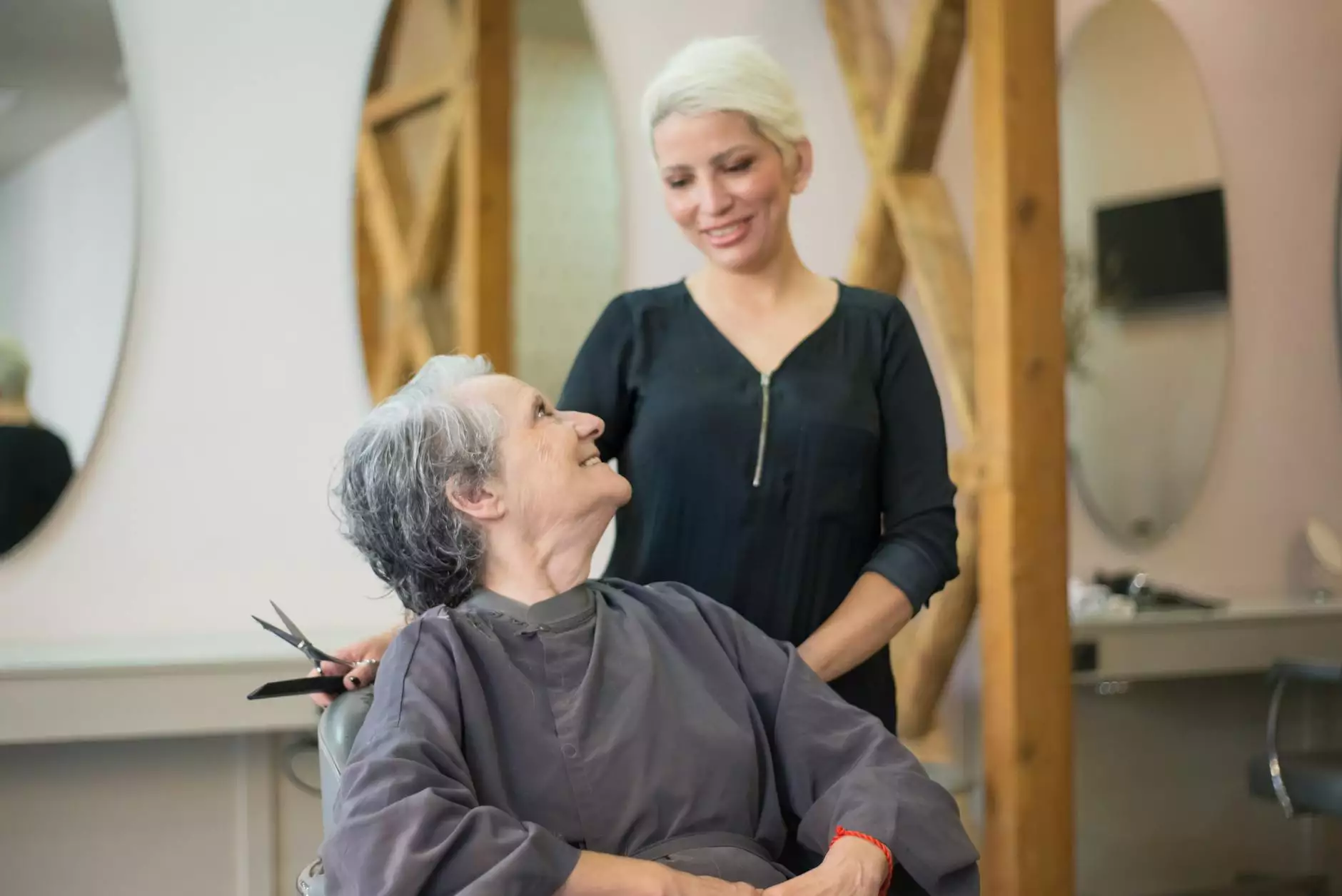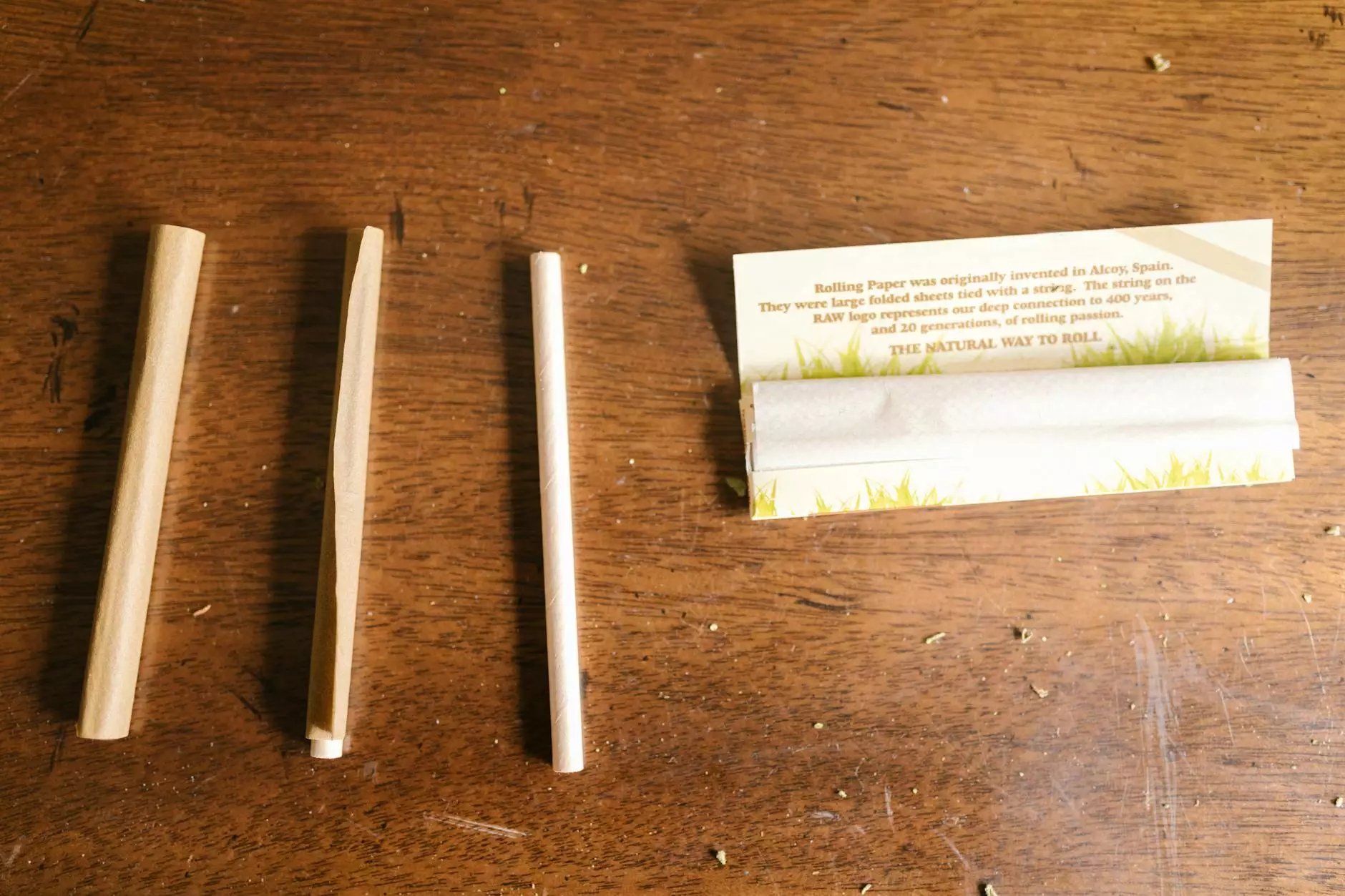Tendinopathy vs Tendonitis: Understanding the Differences and Treatment Options

When it comes to musculoskeletal conditions, tendinopathy and tendonitis are commonly discussed terms that often lead to confusion. Both conditions affect the tendons, the connective tissues that attach muscles to bones, and can significantly impact mobility and quality of life. However, it's essential to understand their distinct characteristics, causes, and treatments. In this comprehensive guide, we will delve deeply into both tendinopathy vs tendonitis, examining their differences, underlying causes, symptoms, and the effective treatment strategies available.
What is Tendinopathy?
Tendinopathy is a broad term used to describe a range of tendon injuries that can occur with or without inflammation. It typically refers to chronic tendon damage, resulting from repetitive strain and overuse activities. This condition often leads to degenerative changes in tendon structure, weakening them over time and increasing the likelihood of injury.
Causes of Tendinopathy
- Repetitive Motion: Engaging in repetitive activities, such as typing, playing sports, or using handheld devices, can contribute to tendinopathy.
- Aging: As we age, our tendons naturally lose elasticity and strength, making us more susceptible to injuries.
- Improper Training Techniques: Athletes who do not follow proper techniques during training are at risk of developing this condition.
- Biomechanical Issues: Structural problems like flat feet or leg length discrepancies can alter the distribution of tendon stress.
What is Tendonitis?
On the other hand, tendonitis specifically refers to the inflammation of a tendon. It is characterized by acute pain and tenderness around a joint, often due to sudden overload or trauma. Unlike tendinopathy, which is degenerative, tendonitis is typically a more straightforward inflammatory response that can be effectively treated if addressed early.
Causes of Tendonitis
- Acute Injury: A sudden trauma or sharp movement can lead to tendonitis, such as falling or lifting a heavy object incorrectly.
- Overuse: Similar to tendinopathy, repetitive use of a tendon without sufficient recovery can lead to tendonitis.
- Infection: In rare cases, an infection can cause inflammation in the tendon area, leading to tendonitis.
Key Differences Between Tendinopathy and Tendonitis
To understand the practical implications of tendinopathy vs tendonitis, it’s vital to examine their key differences:
FeatureTendinopathyTendonitisDefinitionChronic degeneration of the tendonAcute inflammation of the tendonDurationLong-term conditionShort-term conditionSymptomsChronic pain, stiffness, and a decreased range of motionImmediate pain, tenderness, and swellingTreatment FocusRehabilitation and strengtheningRest and anti-inflammatory measuresSymptoms to Look Out For
Recognizing the symptoms is crucial for effective management. While both conditions can exhibit overlapping signs, they often present differently:
Common Symptoms of Tendinopathy
- Persistent pain along the affected tendon, worsened with activity.
- Stiffness in the morning or after periods of inactivity.
- Thickening or swelling of the tendon.
- A decreased range of motion in the associated joint.
Common Symptoms of Tendonitis
- Sharp pain near the joint area, particularly during movement.
- Swelling and tenderness in the affected area.
- Difficulty using the joint or tendon due to pain.
- Warmth and redness around the affected tendon.
Diagnosis of Tendinopathy vs Tendonitis
For effective treatment, proper diagnosis is essential. Here is how healthcare professionals differentiate between tendinopathy and tendonitis:
Clinical Examination
A detailed history and physical examination are often the first steps. The doctor will assess the patient's symptoms, medical history, and activity levels to reach a preliminary diagnosis.
Imaging Techniques
Imaging tests may be used to confirm the diagnosis:
- Ultrasound: Helps to visualize tendon structures and identify any tears or abnormalities.
- MRI: Provides a more in-depth look at the tendon and surrounding tissues, often used for chronic cases.
Effective Treatment Options
Treatment approaches can vary significantly between tendinopathy and tendonitis, highlighting the importance of accurate diagnosis:
Managing Tendinopathy
- Physical Therapy: Tailored exercises to strengthen and rehabilitate the tendon gradually.
- Activity Modification: Avoidance of activities that exacerbate the condition.
- Shockwave Therapy: A non-invasive treatment that can promote healing in chronic tendinopathy cases.
- Corticosteroid Injections: In some cases, injections can reduce pain and inflammation.
Managing Tendonitis
- R.I.C.E. Method: Rest, Ice, Compression, and Elevation to reduce inflammation and pain.
- Anti-inflammatory Medications: NSAIDs can alleviate pain and swelling.
- Physical Therapy: Gentle exercises to restore flexibility and strength following a recovery period.
- Surgical Interventions: In severe cases, surgery may be required to repair the affected tendon.
Preventative Strategies
Prevention is always better than cure. Here are some proactive measures to minimize the risk of both conditions:
- Gradual Increase in Activity: Always increase the intensity of activities progressively to avoid overuse injuries.
- Proper Warm-Up: Engaging in stretching and warm-up exercises before physical activity can prepare the tendons for stress.
- Use Correct Techniques: Ensure proper form during exercises and sports to prevent undue stress on tendons.
- Strength Training: Regular strength training focusing on the muscles surrounding common tendon areas can bolster joint stability.
Conclusion
Understanding the nuances of tendinopathy vs tendonitis can empower individuals to seek timely and appropriate treatment. While they are both tendon-related conditions, their underlying causes, symptoms, and management strategies differ significantly. By recognizing the signs early and adopting preventive measures, one can maintain optimal tendon health and prevent future injuries. Embracing a lifestyle focused on proper training, adequate rest, and rehabilitation can pave the way for a healthier and more active life.









